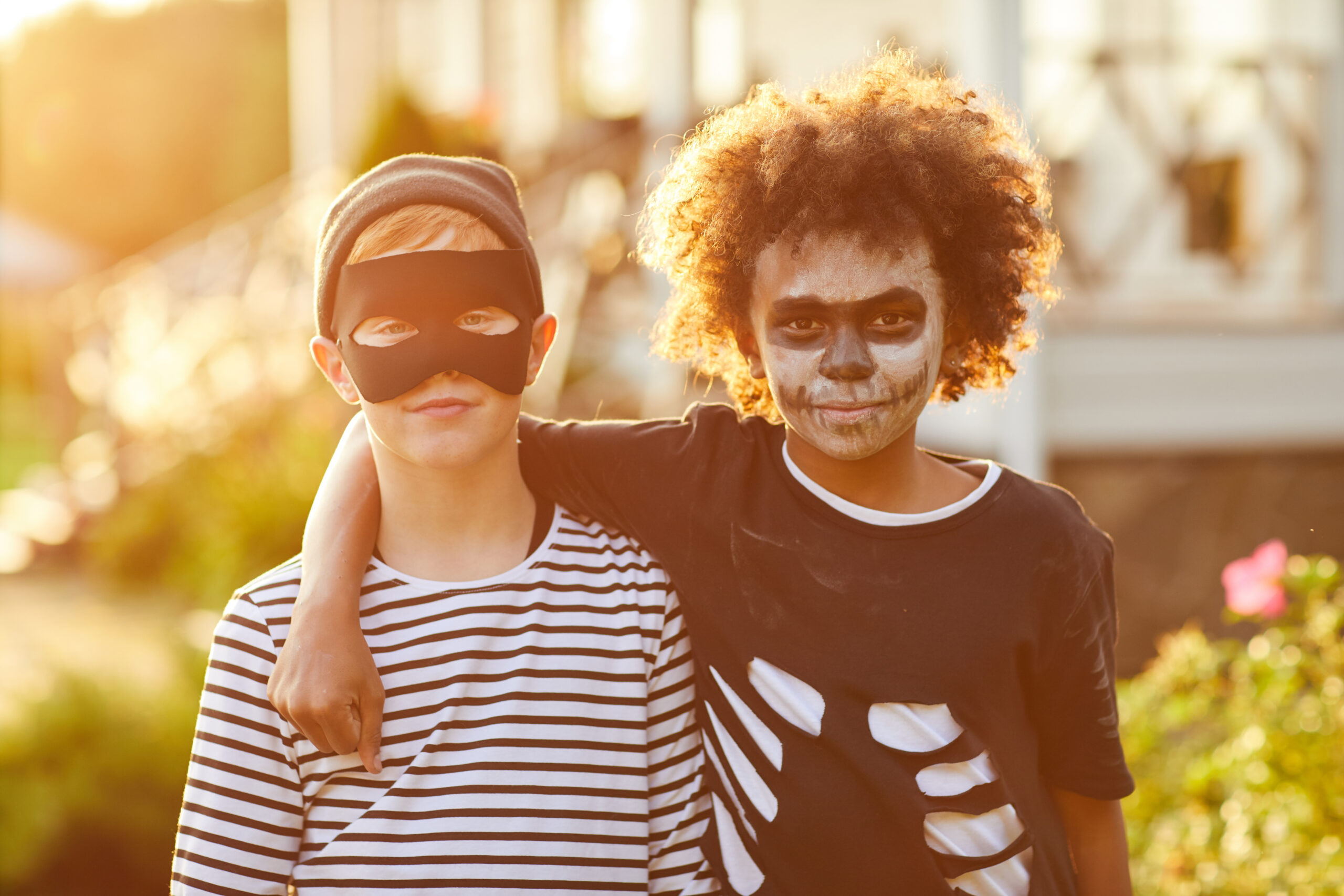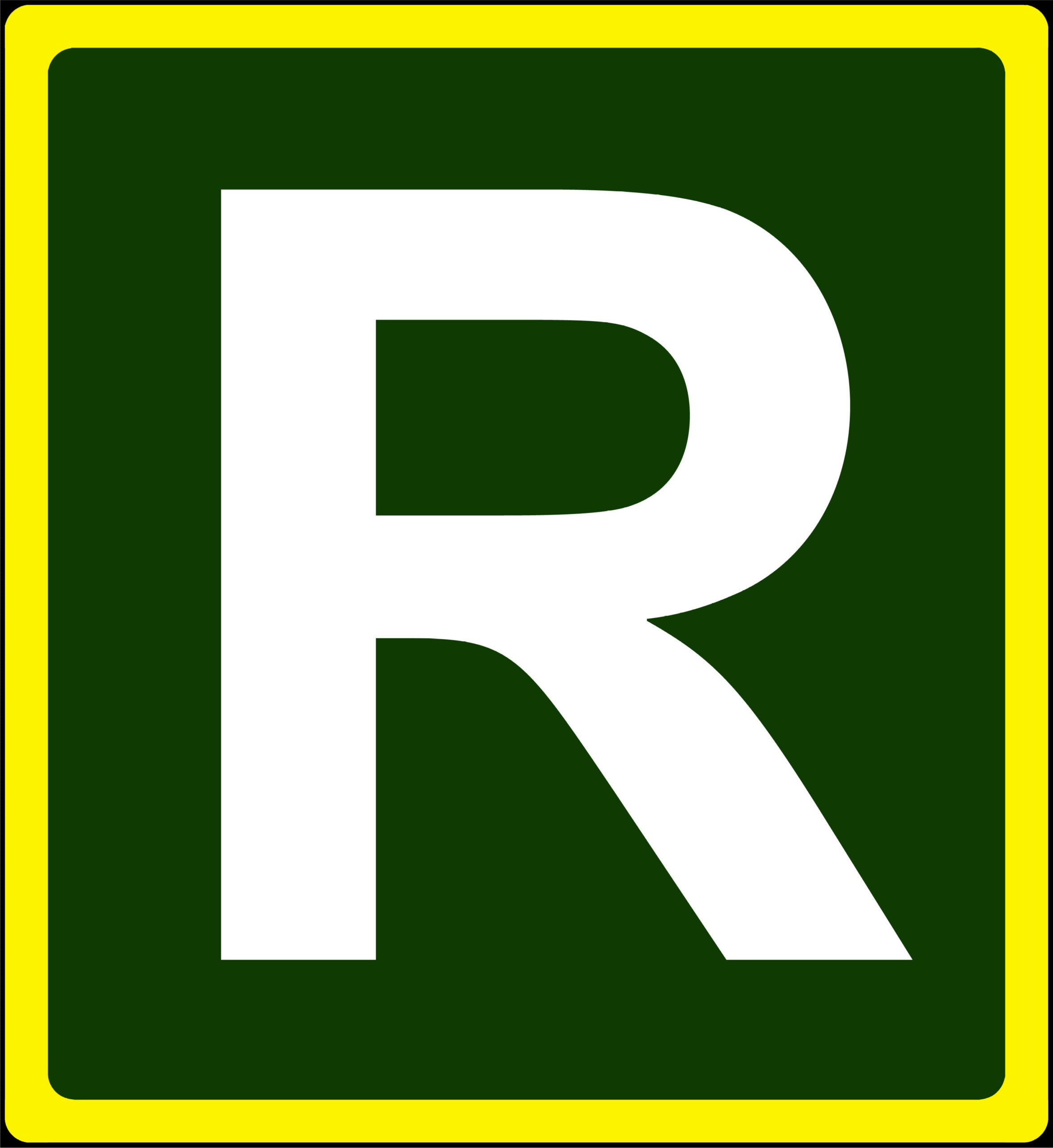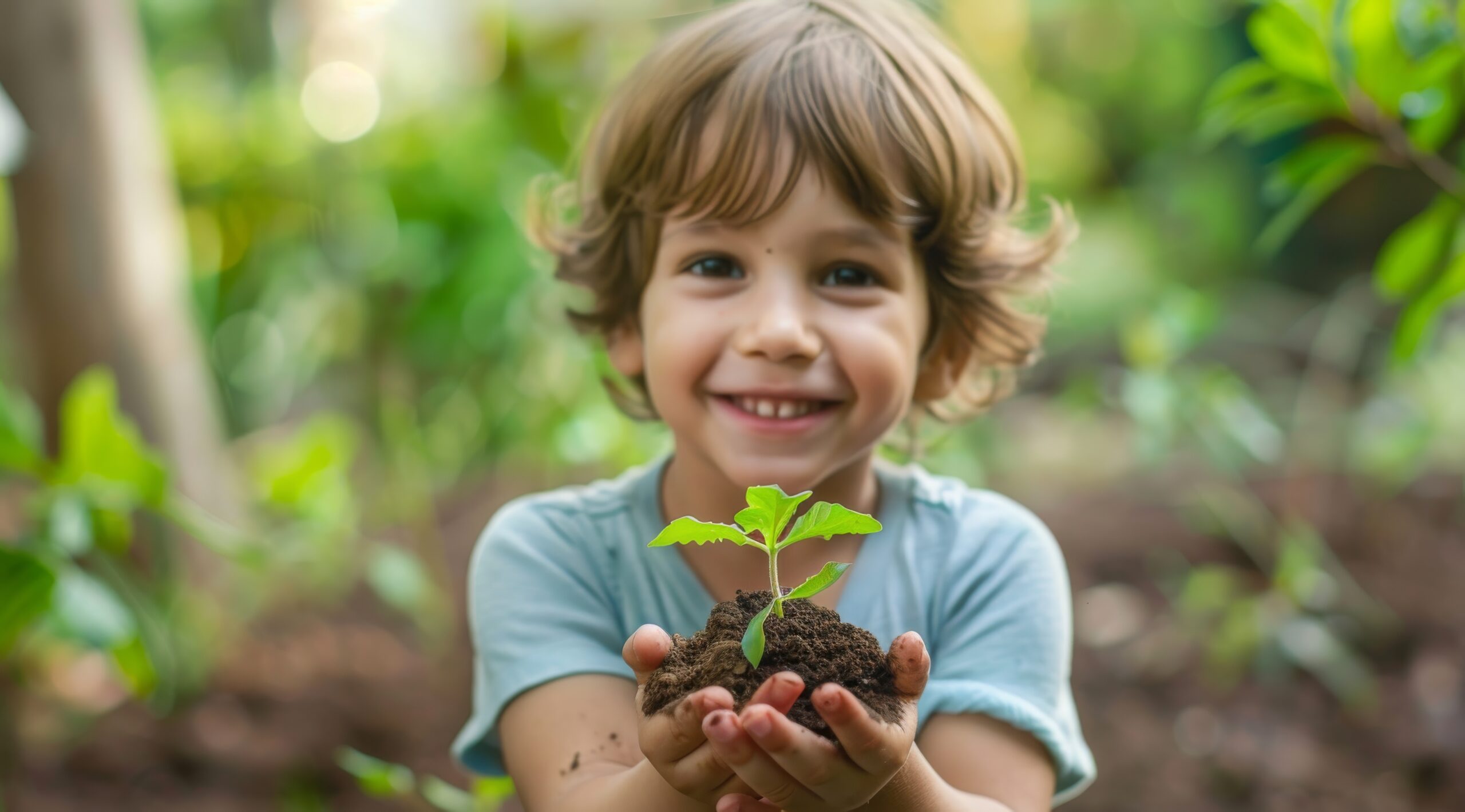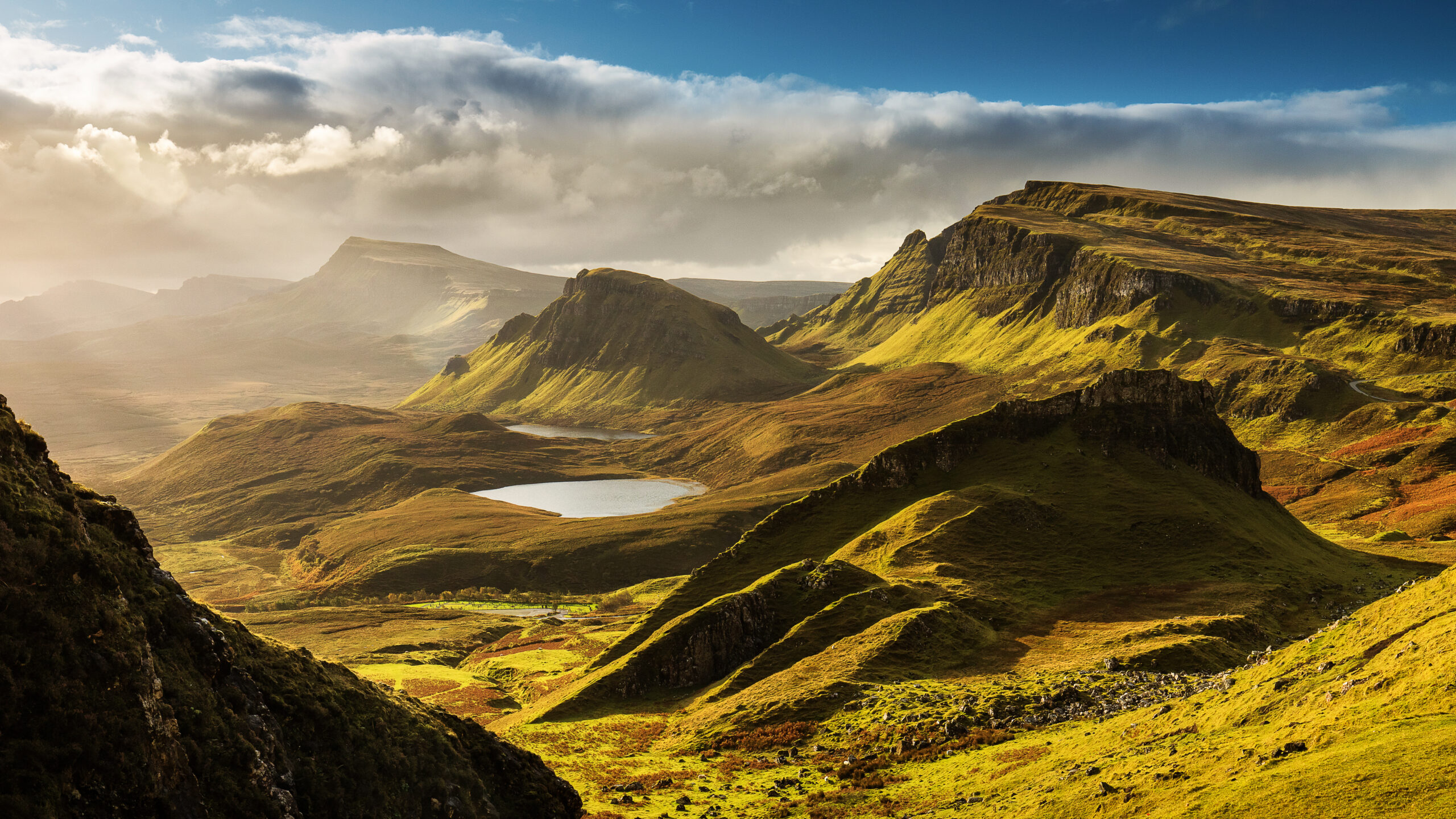As the leaves change colour and the air turns crisp, autumn brings its own set of driving challenges.
According to a recent study, road accidents increased by 23% in autumn months compared to summer months. The study also found 4,000 collisions last year were caused by slippery roads.[1]
This highlights the importance of being prepared for the challenges of autumn driving.
At Vavista, we want to make sure you stay safe on the roads this season. So here are 9 autumn driving safety tips to help you navigate the road with confidence.
-
Prepare for Shorter Days
With daylight hours decreasing in autumn, you’ll find yourself driving in the dark more often. Make sure your headlights are clean and functioning properly. Use your headlights during dawn and dusk to increase visibility. Keep a torch and high visibility vest in your car in case you need to check anything when it’s dark outside.
-
Get Ready for Glare
The sun sits lower in the sky during autumn, which can cause glare during your morning and evening commutes. If the roads are wet, the reflection of the light from the sun can be extremely intense. Keep a pair of sunglasses handy, prescription if you need them. Make sure your screen wash is topped up and clean your windscreen regularly to reduce glare.

-
Check Your Tyres
As temperatures drop, so can tyre pressure. This can be dangerous, because under-inflated tyres could increase stopping distances by up to 10%. [2]
Regularly check your tyre pressure and tread depth to ensure optimal traction on wet and slippery roads. You can find out what your cars tyre pressure should be in your car manual, on a sticker inside your fuel cap, or using an online checker.
Consider switching to winter tyres if you live in an area prone to early snowfall. But note, they can’t be used all year round, as they underperform if the temperature is over 7 degrees Celsius.
-
Expect Foggy Conditions
Foggy conditions are common in autumn. Use your fog lights if you have them, and always drive with low beams to avoid reflecting light back at you. Slow down and increase your following distance to give yourself more time to react.
-
Anticipate Frosty Mornings
Morning frost can make roads slippy, especially on bridges and overpasses. Allow extra time for your commute and drive cautiously on frosty mornings. Keep an ice scraper in your car to clear your windscreen, mirrors and windows and make sure your air blowers are working properly. Check out our blog for more tips on Safe Winter Weather Driving.
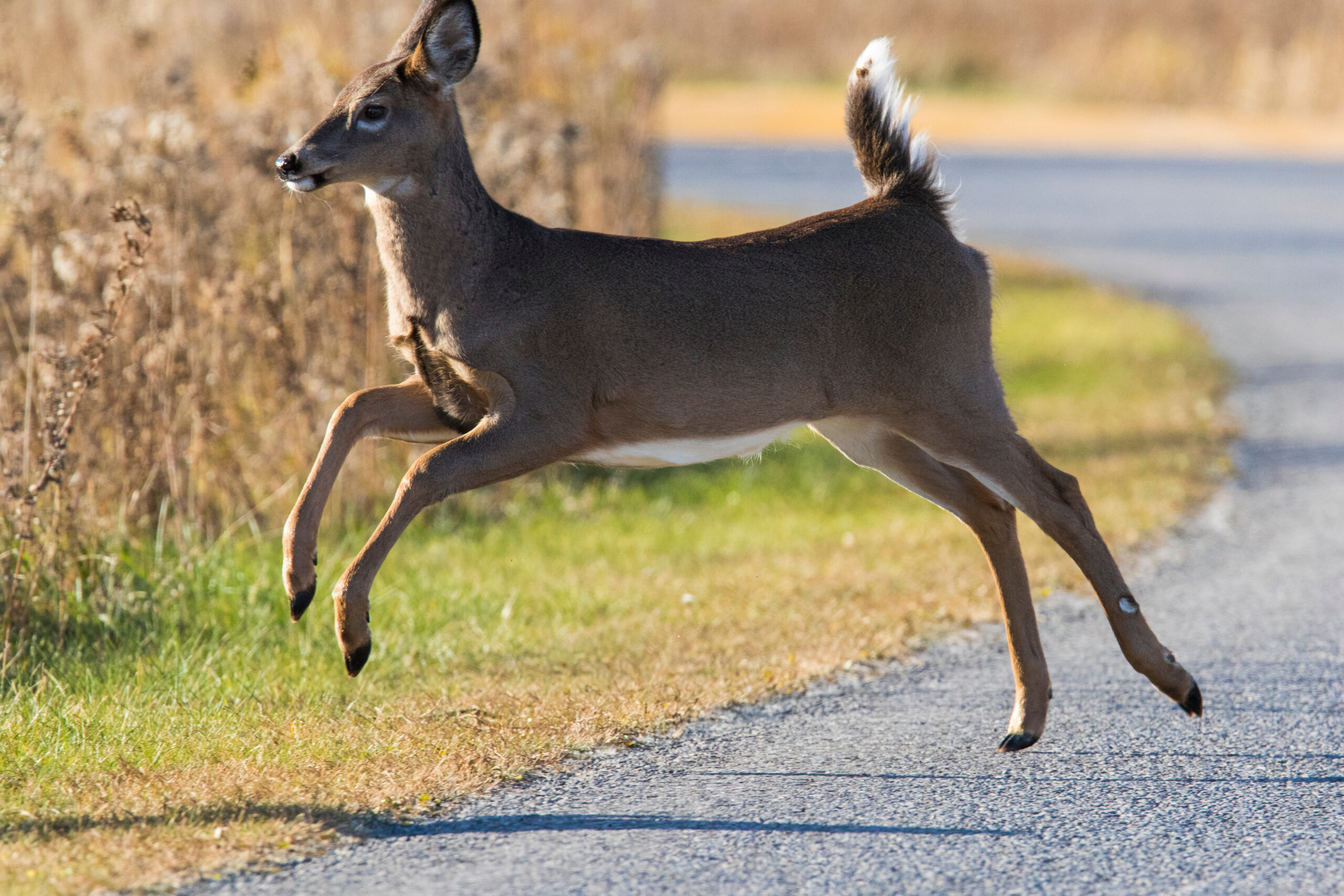
-
Watch for Wildlife
Autumn is a peak time for wildlife activity, especially deer. Be alert in rural areas and near wooded regions where deer and other wildlife are known to dart out. The highest-risk times for a deer jumping out are from dusk to midnight, and the hours shortly before and after the sun rises.[3] Use high beams when appropriate to spot animals from a distance but always remember to dim them for oncoming traffic. The British Deer Society has some great tips on what to do if you encounter a deer.
-
Stay Alert in School Zones
With schools back in full swing, be mindful of increased pedestrian traffic and school buses. Observe speed limits in school zones and be prepared to stop for children crossing the street.

-
Watch Out for Wet Leaves
Fallen leaves can make the road slippery, especially when wet. They can also obscure road markings and settle in potholes. Remember to drive slowly through areas with heavy leaf fall to prevent skidding.
Be sure to maintain a safe stopping distance from the car in front of you in case you do need to brake suddenly. To calculate a safe stopping distance, follow the “two-second rule”, making sure there is a gap of two seconds between you and the car in front. You can estimate this by picking a fixed point and counting “one thousand and one, one thousand and two” as the car ahead passes it. In bad weather conditions you should double this to four seconds.
-
Maintain Your Vehicle
Autumn is a great time for a vehicle check-up. Test your brakes, wipers, and heating system are in good working order. A well-maintained car is crucial for safe driving in any season.

By following these tips, you can enjoy the beauty of autumn while staying safe on the road. At Vavista, we’re committed to your safety and well-being. Drive safely and enjoy the season!
If you enjoyed this article, check out Top Tips to Master Driving and Stay Safe on the Road.
Get your car insurance quote from us today!
